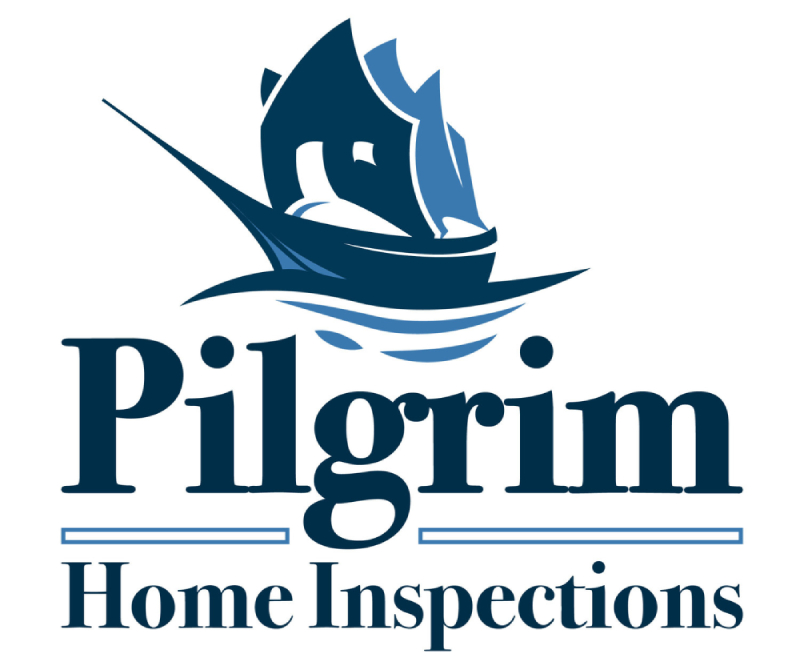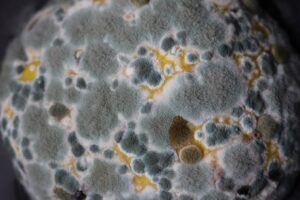Mold in homes is hugely detrimental to houses and the people living in them. Mold is a fungus that grows in damp, humid environments. It can grow on walls, furniture, and ceilings. Additionally, it thrives in basements, bathrooms, and kitchens because of the high moisture levels in these spaces. Unfortunately, mold can cause health issues such as asthma, allergies, and weakened immune systems. Moreover, over time it damages the structure of a building. For these reasons, every homeowner must take precautions to prevent mold growth. Here are a few common culprits of mold in homes.
Leaky Pipes
When pipes leak, water seeps into floors, walls, and ceilings. As pipes are usually in dark spaces in homes with little air circulation, such as enclosed in walls, mold has the perfect environment to grow once a water leak starts. The trapped moisture can be undetected for long periods, allowing mold to spread. If a pipe has just recently begun to leak and you catch it quickly, simply efficiently repairing the pipe and thoroughly cleaning and drying the area should be enough to prevent mold growth. However, if the leak has been happening for a while and there is already a mold buildup, it’s best to contact a professional mold remediation company. Please note it is dangerous to remove mold growth yourself and can result in further contamination and health risks.
Improper Ventilation
Poorly designed or maintained HVAC systems can lead to inadequate ventilation. Problems such as clogged filters, faulty fans, blocked vents, and incorrect system sizing and design prevent an HVAC system from ventilating correctly. Improper ventilation leads to excess humidity, stagnant air, and eventual mold growth.
Bathroom ventilation is also crucial. Every bathroom should have ventilation, such as a vent fan or window. Some contractors or DIY’ers let the vent fan discharge in the attic space either in haste or because they don’t know better. However, vent hoses must terminate to the outside. It may seem trivial, but too much moisture can condense in the attic space over time, causing mildew and mold.
Roof Leaks
Missing or broken shingles, ice damns, and clogged gutters cause roof leaks. When a roof begins to leak, water seeps into the attic leading to moisture buildup. Mold germinates in these damp conditions in just a couple of days. While you won’t see the mold latching onto the surfaces, the spores will begin to colonize in a week or so. Getting up in your attic once or twice a year is a good idea to check for defects and leaks before they worsen.
Foundation Leaks
Foundation leaks happen for several reasons, including hydrostatic pressure, when water builds up in the soil around your foundation. This water puts pressure on the foundation walls, which causes cracks to form in time, leading to leaks. Tree roots, plumbing issues, and poor construction also lead to foundation leaks. Since mold feeds on organic materials found in crawlspaces and basements, leaks in the foundation provide mold with the optimal environment to grow and spread. If you notice mold growth due to a leak in the foundation, it’s best to hire a mold mitigation company.
While some types of mold are harmless, others, including Stachybotrys and Aspergillus, can produce toxins called mycotoxins. Mycotoxins can wreak havoc on the health of the home’s residents. For this reason, taking the proper precautions to prevent mold, such as fixing leaks, ensuring adequate ventilation, and regular cleaning, is critical. Our company offers maintenance inspections if you need help or a professional opinion. Moreover, when you buy a house, you must ensure you’re not taking on a building riddled with mold. Let us be your eyes and find what may be hiding. Contact us today.


.png)